The climactic show-down in Spider-Man: Far From Home sees London’s Tower Bridge ‘attacked’ by a Super Uber Elemental (SUE). Of course, it is an illusion conjured up by Mysterio, but the creature and its wealth of watery, fiery and atmospheric effects had to appear real to the citizens of London, and to the audience.
Responsible for crafting SUE was Sony Pictures Imageworks, which relied on its arsenal of artists and tools, including Houdini, to make the monster.
An Elemental made of lots of elements
“The biggest challenge in creating (SUE) was the sheer size of this creature and the fact that SUE was composed of so many different elements,” outlines Imageworks senior FX Supervisor Jacob Clark. “SUE stood 100 feet tall and had to feel big and scary. We ended up cheating the speed of gravity to give it an even larger sense of scale.”
Those elements Clark refers to were a mixture of lava, fire, smoke, volcanic slabs, rocks and dust, as well as water tentacles filled with fire that flow up and down the sides of SUE’s body. Her head was composed of volcanic smoke. “It was a real challenge to make each element stand out from one another at this scale,” the FX Supervisor says. “Oftentimes, smoke would bleed into water and it was hard to get a sense of what was what.”
A breakdown of Imageworks’ many layers that made up just one shot of the Super Uber Elemental (SUE) in the Tower Bridge scene.
In order to ensure each element was distinct, Imageworks created ‘rivers’ for each elemental component. Channels of fire lived along side water, and smoke streams blew past, while rocks collapsed down the arms. Clark acknowledges that a lot of the details were lost at the big scale. “The whole surface was with different FX all interacting with each other. Luckily we had FX lead, Stephanie Molk, to help organize the SUE team. Ultimately, the entire artist team worked tirelessly to overcome the challenges of size and complexity and delivered the incredible and dynamic SUE that was featured in the film.”
FX lead Sergei Bolisov designed a layer on top of Houdini's pyro simulation tools to allow for density uprezing, and also clustering on our farm. It was a big success and we used this ‘Inferno’ tool throughout the show.
Jacob Clark | FX Supervisor | Sony Pictures ImageworksFire, smoke, lava and water sims
Imageworks FX lead Sergei Bolisov oversaw development of SUE’s fire and smoke simulations, advises Clark. “He designed a layer on top of Houdini's pyro simulation tools to allow for density uprezing, and also clustering on our farm. It was a big success and we used this ‘Inferno’ tool throughout the show. The elemental’s face was created by Dmitry Kolesnkik and Matt Hanger. They used many different techniques depending on the movement of the face.”
“At times,” adds Clark, “the team would use world space smoke that would rise up into the air. However, if there was too much movement from SUE we would switch to a parented noise approach so that the smoke would track with the head and not leave lines of smoke floating in space. There were numerous occasions where the SUE character had to be re-animated to allow for a workable smoke simulation that didn't break scale. No matter which technique was used, it always required lots of sculpting per shot to convey the right emotions of SUE - usually she was angry.”
SUE was also made up of cracked and plate-like surfaces. For these, Imageworks artists painted maps for smaller rocks and debris, while sections of the underlying model were separated and ‘rockified’ using procedural rock displacement noise patterns. “These were then reattached to the animated model in shots,” says Clark. “Particular attention was paid to the large plates, as they had to slide along the surface but not collide with, or penetrate, other surrounding effects layers.”
Then then were there rivers of water. Clark suggests that water was the hardest kind of SUE effect to simulate. “Multiple approaches were taken for each of the different components. The first component to be developed was the water tentacles which involved simulating tens of millions of flip points. Luckily, we were able to distribute these simulations across multiple machines to deal with the high memory requirements and increase the number of iterations that we could achieve.”
“Meanwhile,” continues Clark, “fire was achieved by simulating particles running up the inside of the tentacles. These particles were converted to flickering surfaces that then cast lights outward on to the water surface. Internal volumes also filled the tubes to create a sense of depth and internal scattering of lights from the fire surfaces against the rest of the water surface. Lightning points were simulated along the surface of the water tubes. Points were randomly turned on and off to match the various lightning references the client had selected.”
In addition to a raft of Houdini simulations, Imageworks also often created entirely digital environments.
Similarly to the lights from the fire, Imageworks paid a great deal of attention to the lights cast off of the electrical arcs and to how they would interact with the environments and other effects in the scenes; it’s a very busy battle sequence.
That includes the presence of the flying Mysterio, again an illusion, but who was trying to give the impression of using his shield and ray effects to defeat SUE.
“We used pretty much every trick in the book to accomplish Mysterio’s effects,” states Clark. “We used particles mixed with volumetrics and at times generated surfaces along which to advect these particles and volumes. Then, of course, lots of comp work was done to help add that extra level of detail. Using Sony's proprietary pipeline tools based around Houdini HDAs, we were able to quickly propagate the effects from shot to shot.”
We used pretty much every trick in the book to accomplish Mysterio’s effects. We used particles mixed with volumetrics and at times generated surfaces along which to advect these particles and volumes. Then, of course, lots of comp work was done to help add that extra level of detail. Using Sony's proprietary pipeline tools based around Houdini HDAs, we were able to quickly propagate the effects from shot to shot.
Bringing it altogether
Imageworks’ effects simulations for SUE and the surrounding Tower Bridge scenes were rendered by the studio’s lighting team using Katana and Arnold. “A lot of attention was paid to the lighting interaction from the various effects,” notes Clark. “In particular, the light cast from the fires and lightning had to interact with all the other elements on the characters and environment.”
Clark says a tried and tested Houdini pipeline at the studio ensured the sequence could benefit from significant effects work, while new methods - such as the Inferno toolset mentioned above - also aided the production. “The team used the Ocean tools heavily,” adds Clark, “as well as Vellum for the first time. All the cloth flag simulations were done using Vellum, as well as lots of paper trash. It really allowed us to fill in some of the nice details in the shots. We also used the distributed sim technology for many of the water simulations. It allowed us to move through millions of points - that kind of data would have just not fit on a single box.”
This breakdown showcases the sheer number of types of effects simulations, including that of Mysterio’s powers.
All images copyright (c) 2019 Sony Pictures.
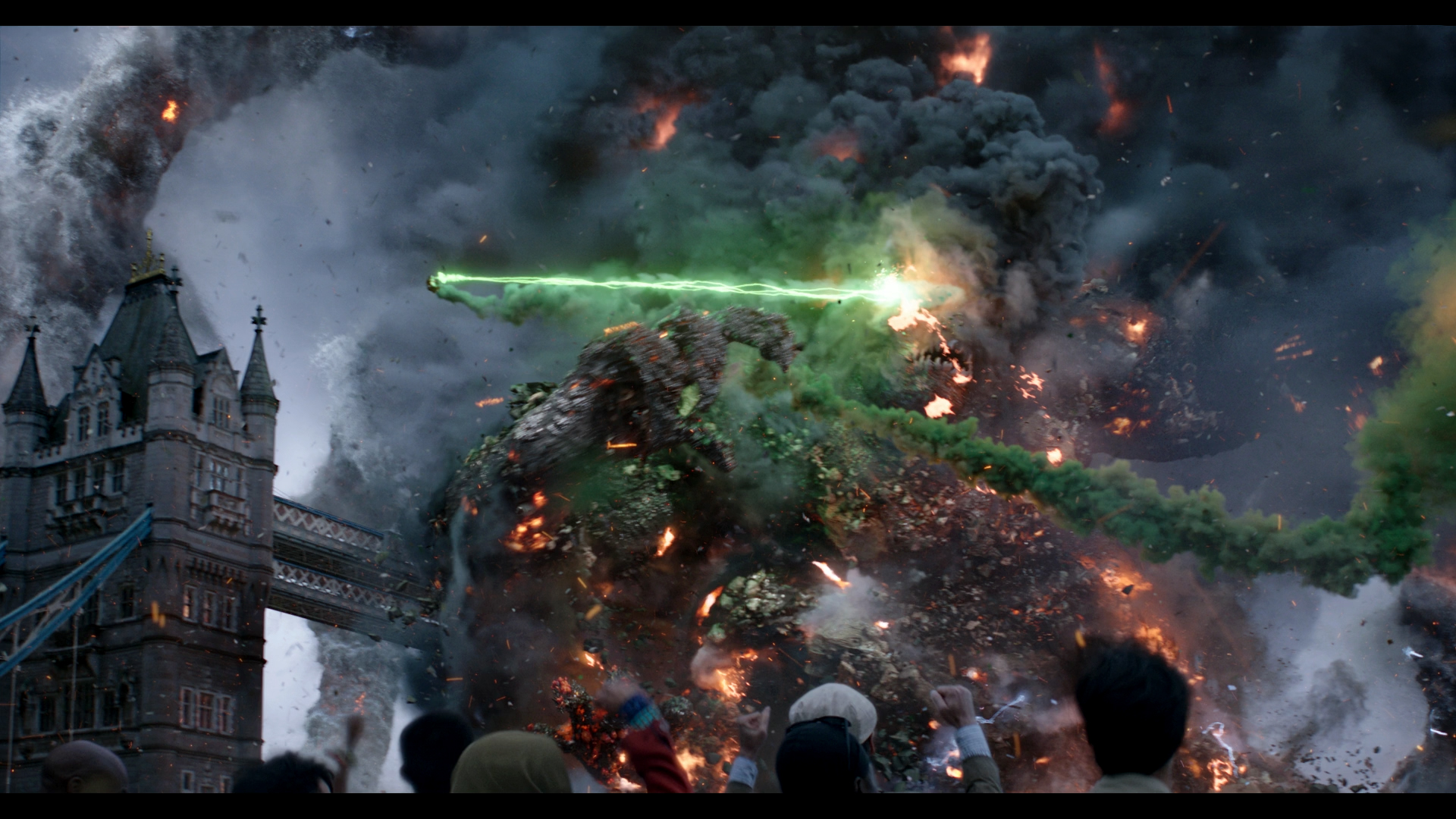
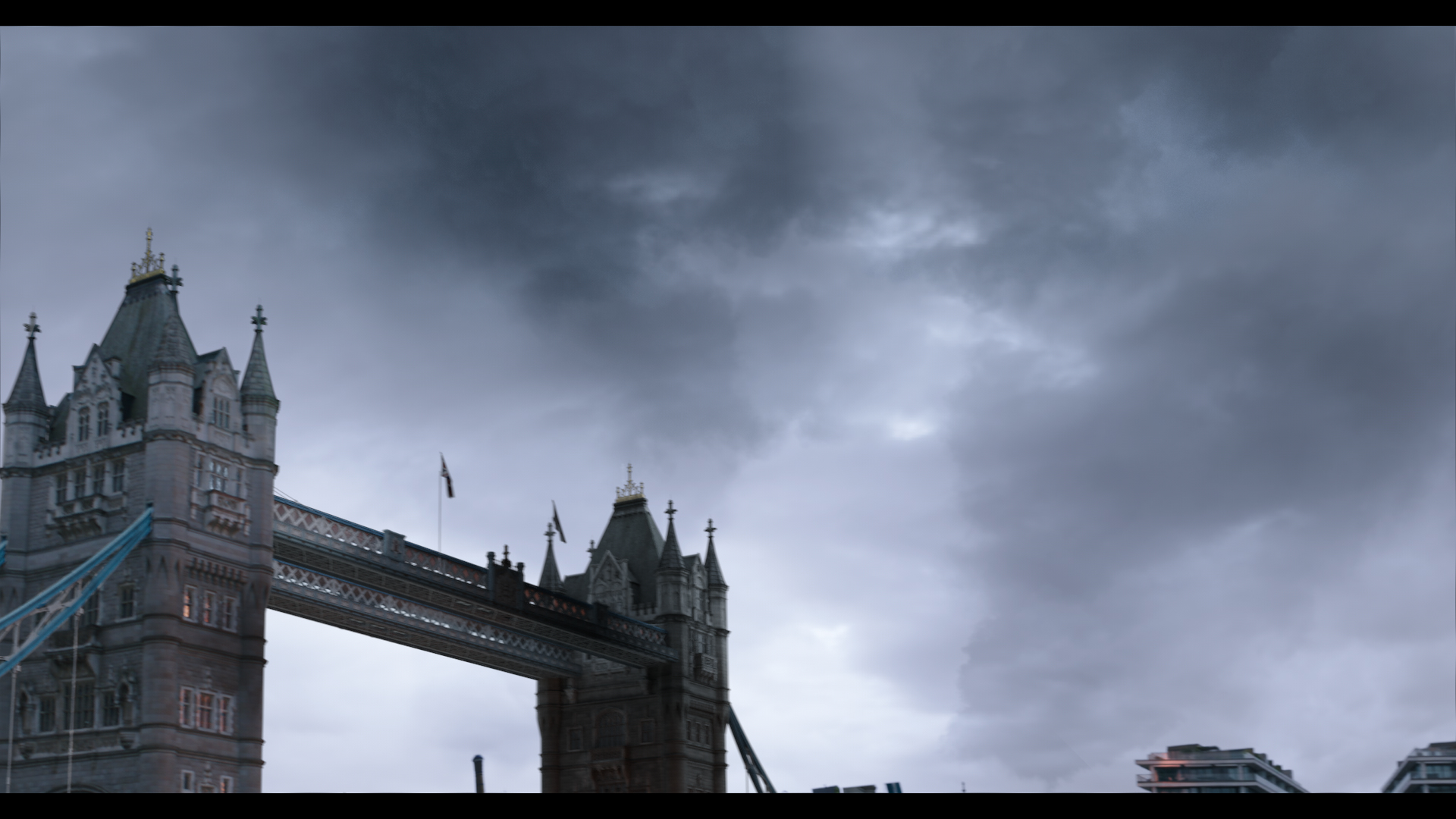
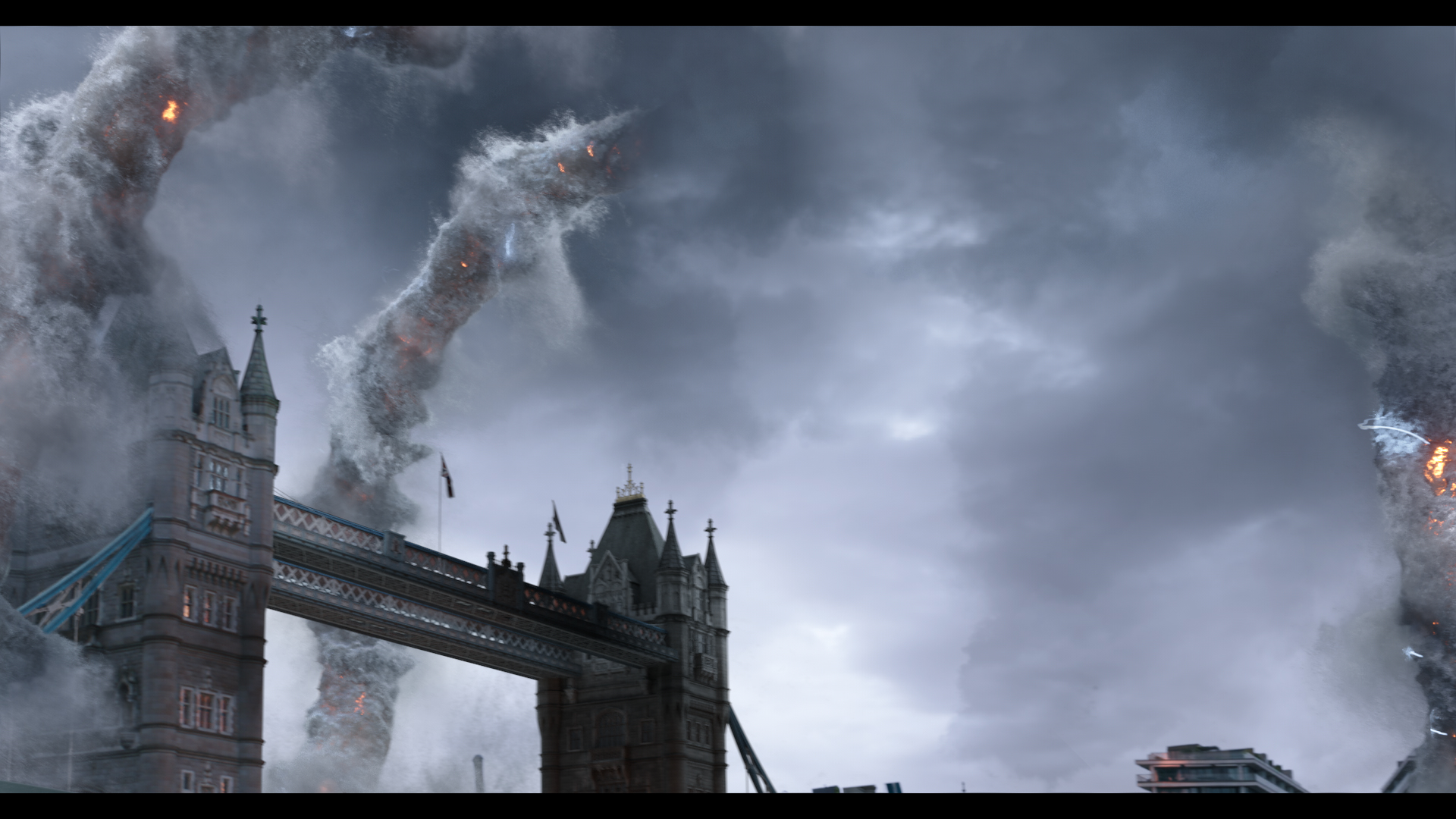
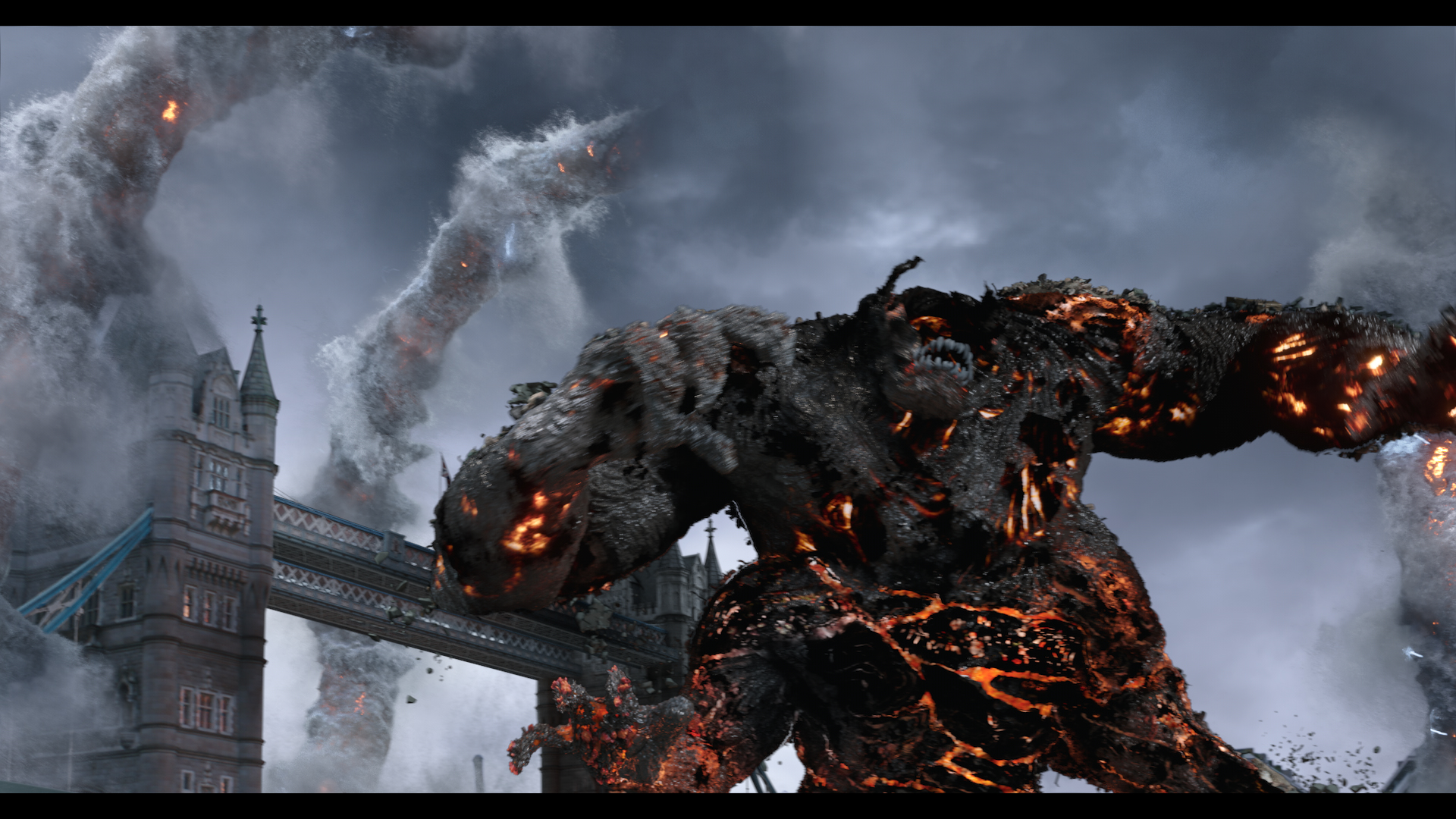
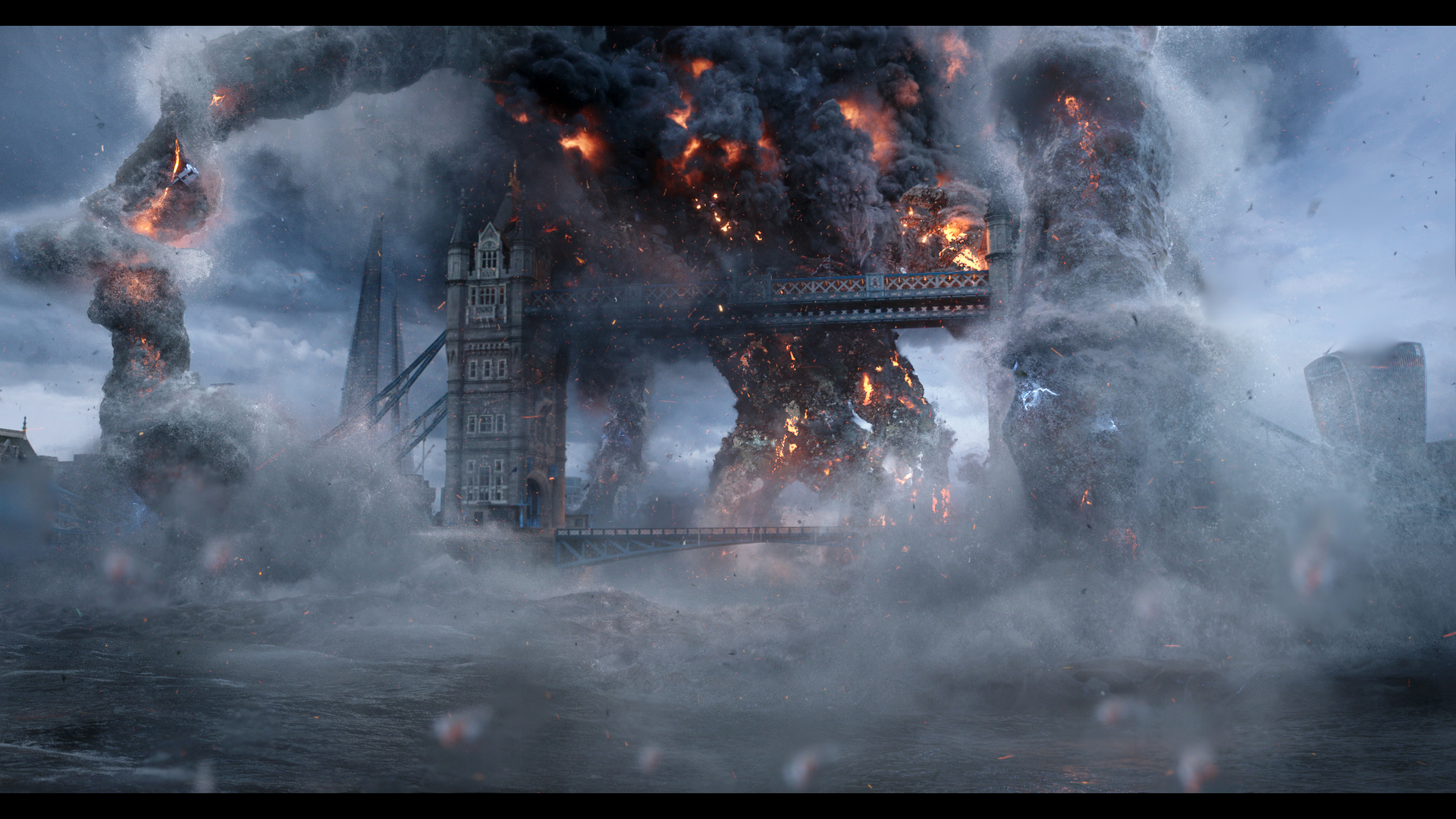
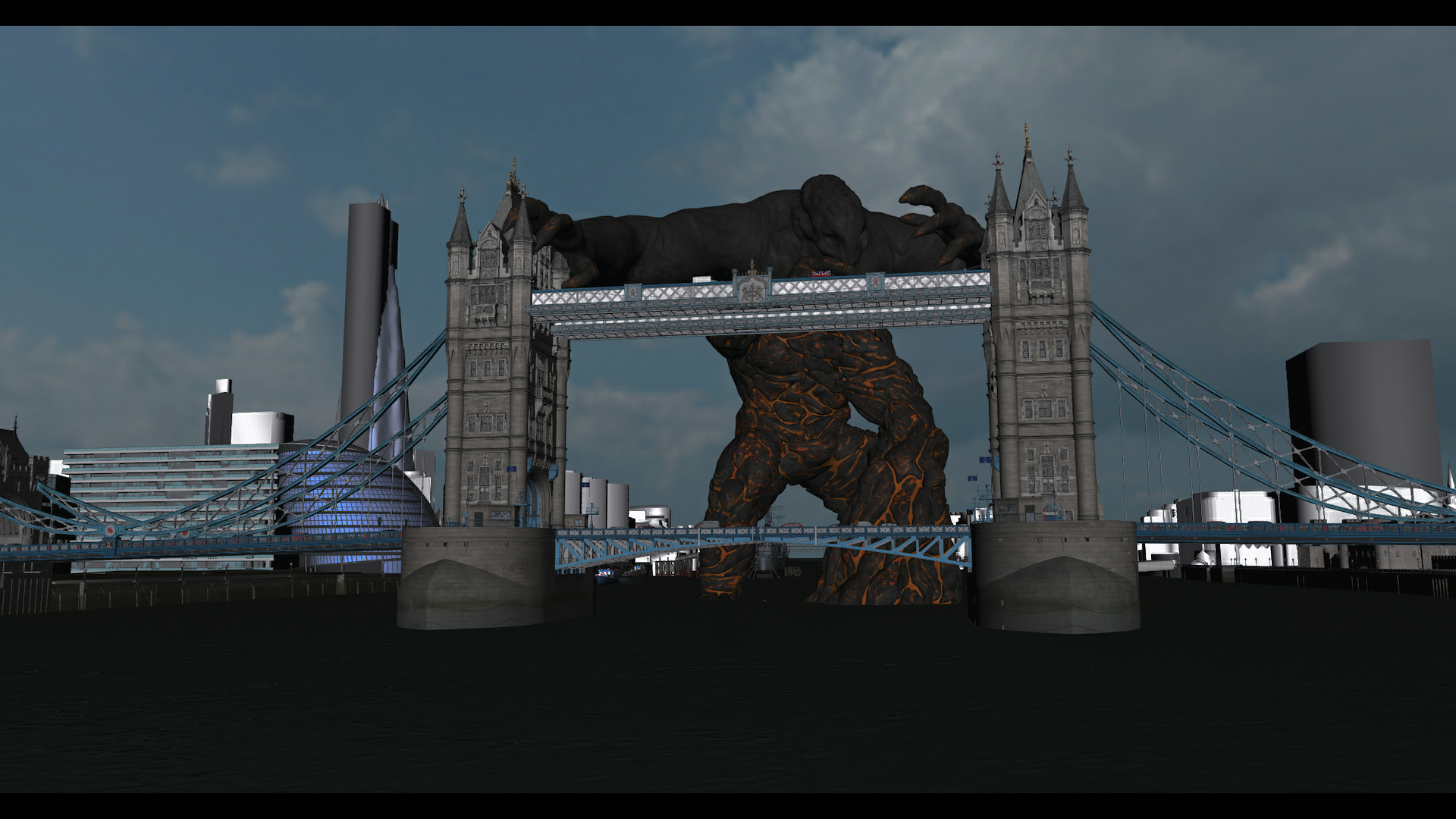
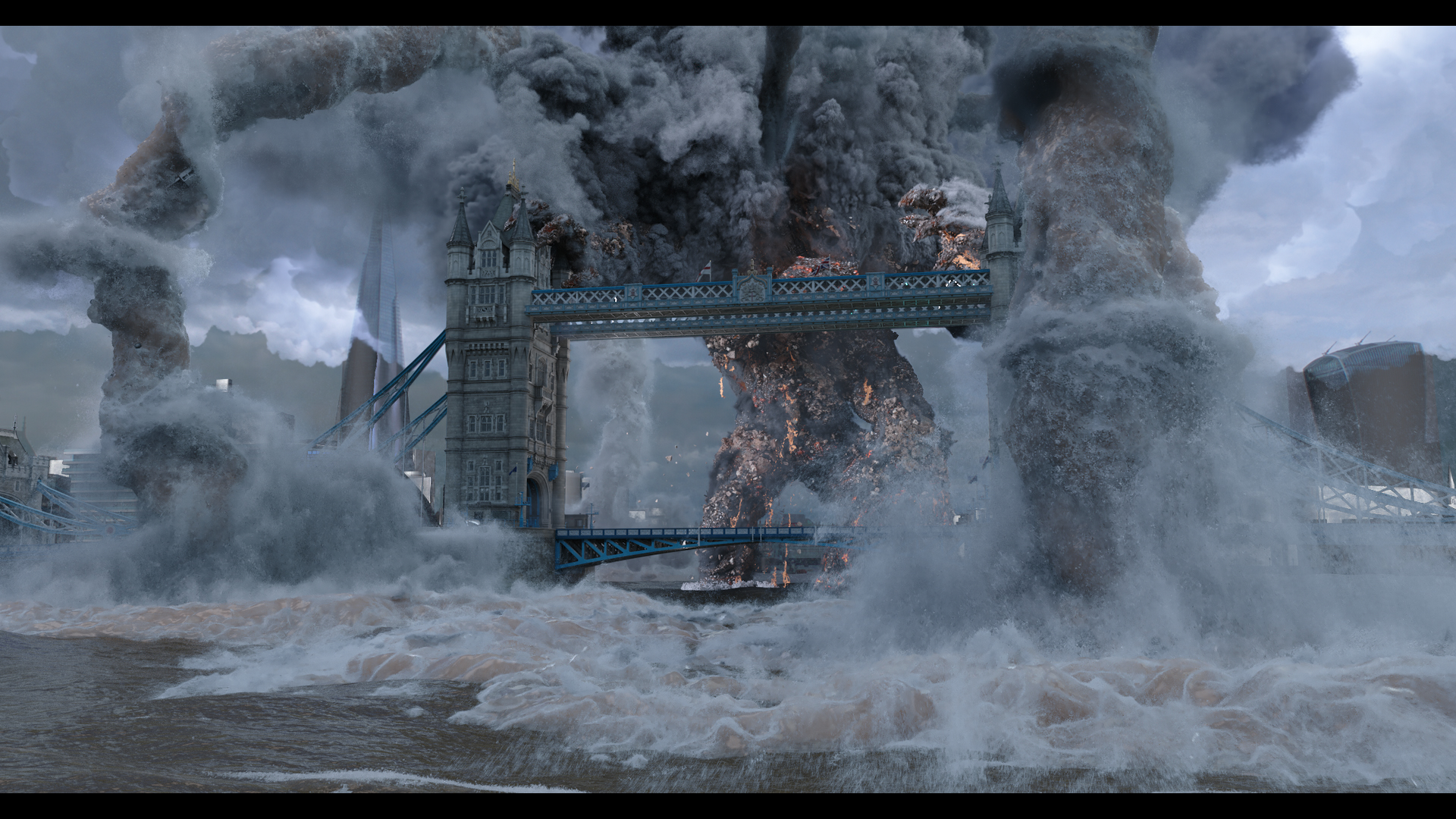
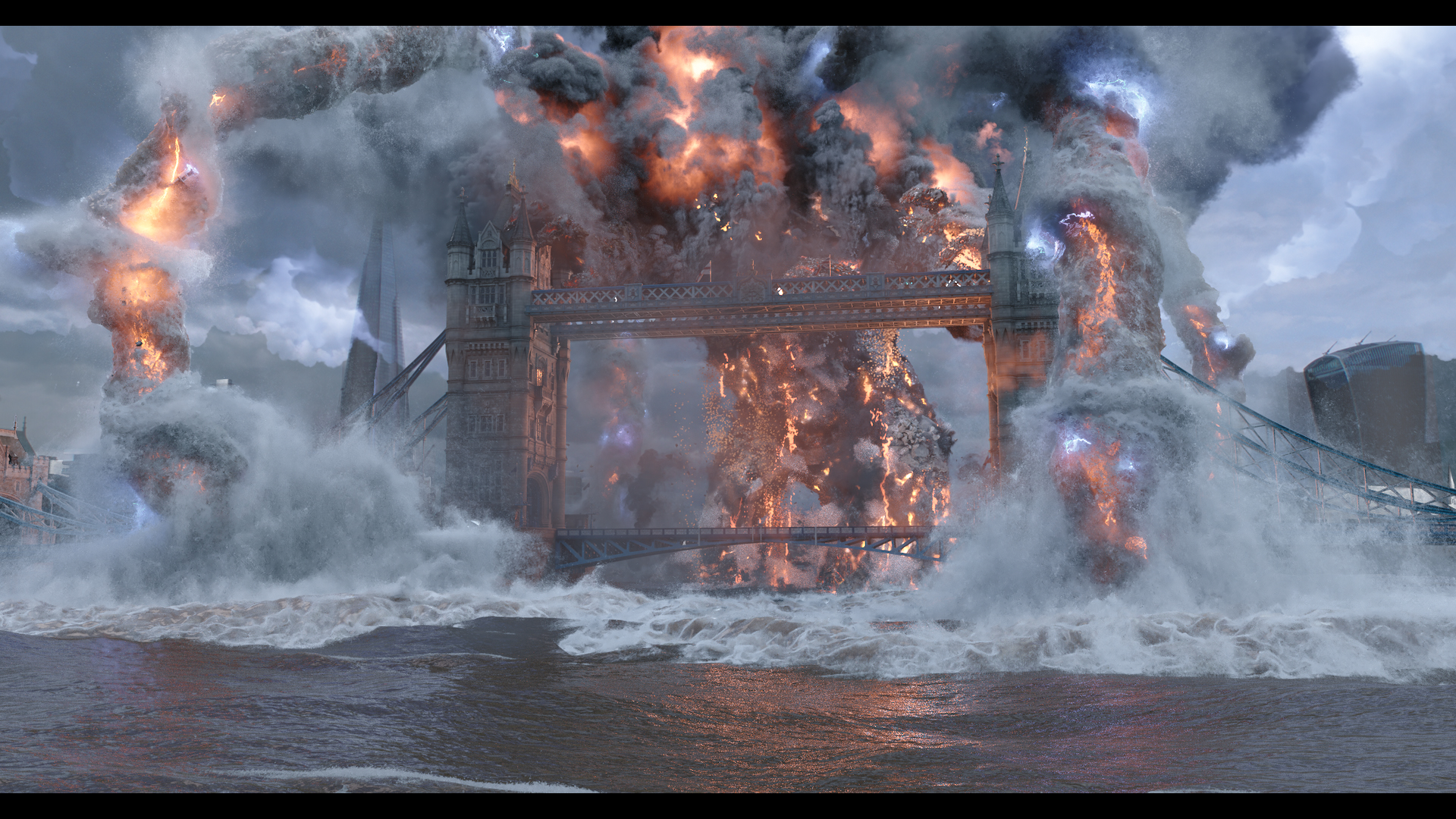
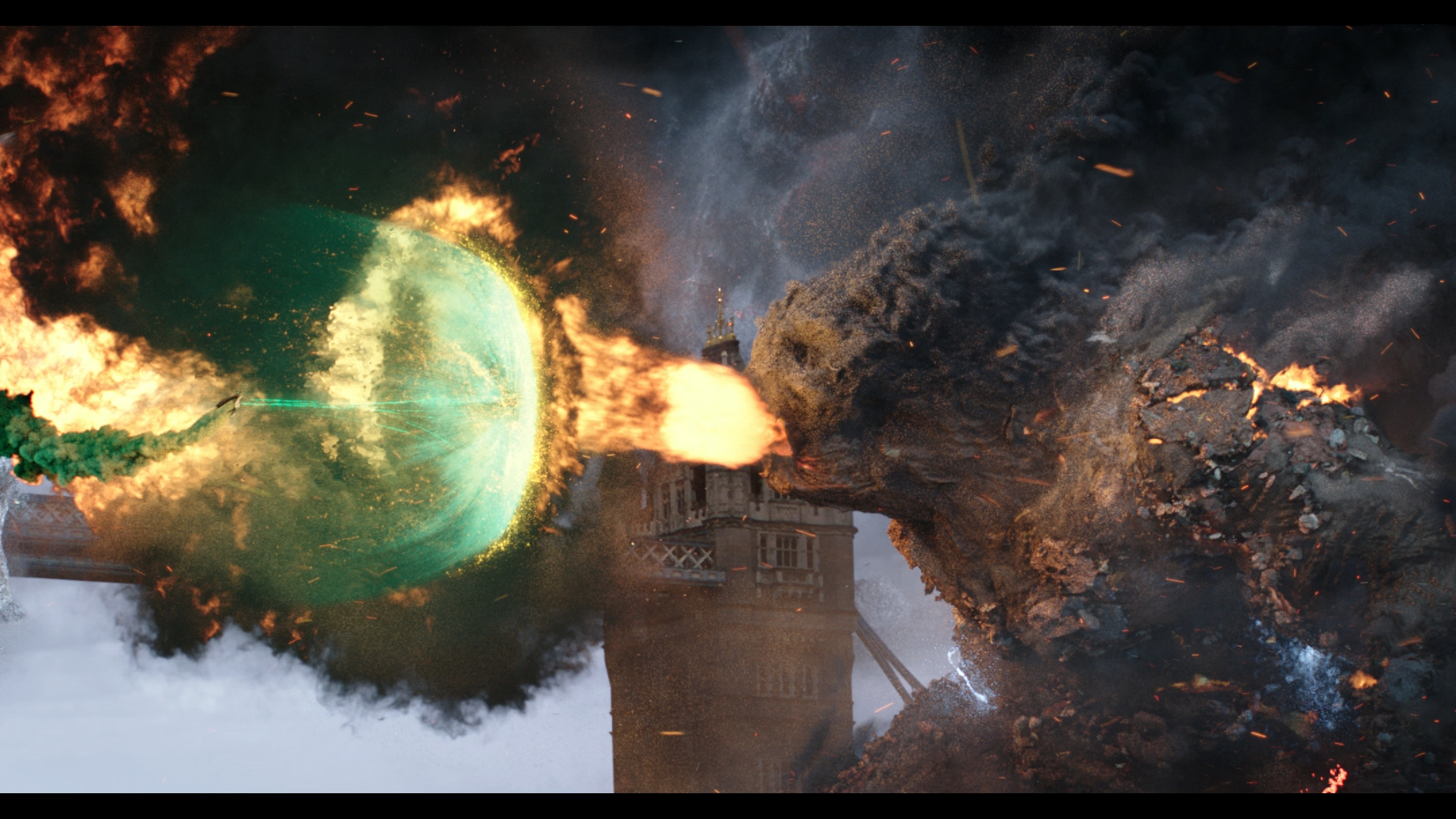
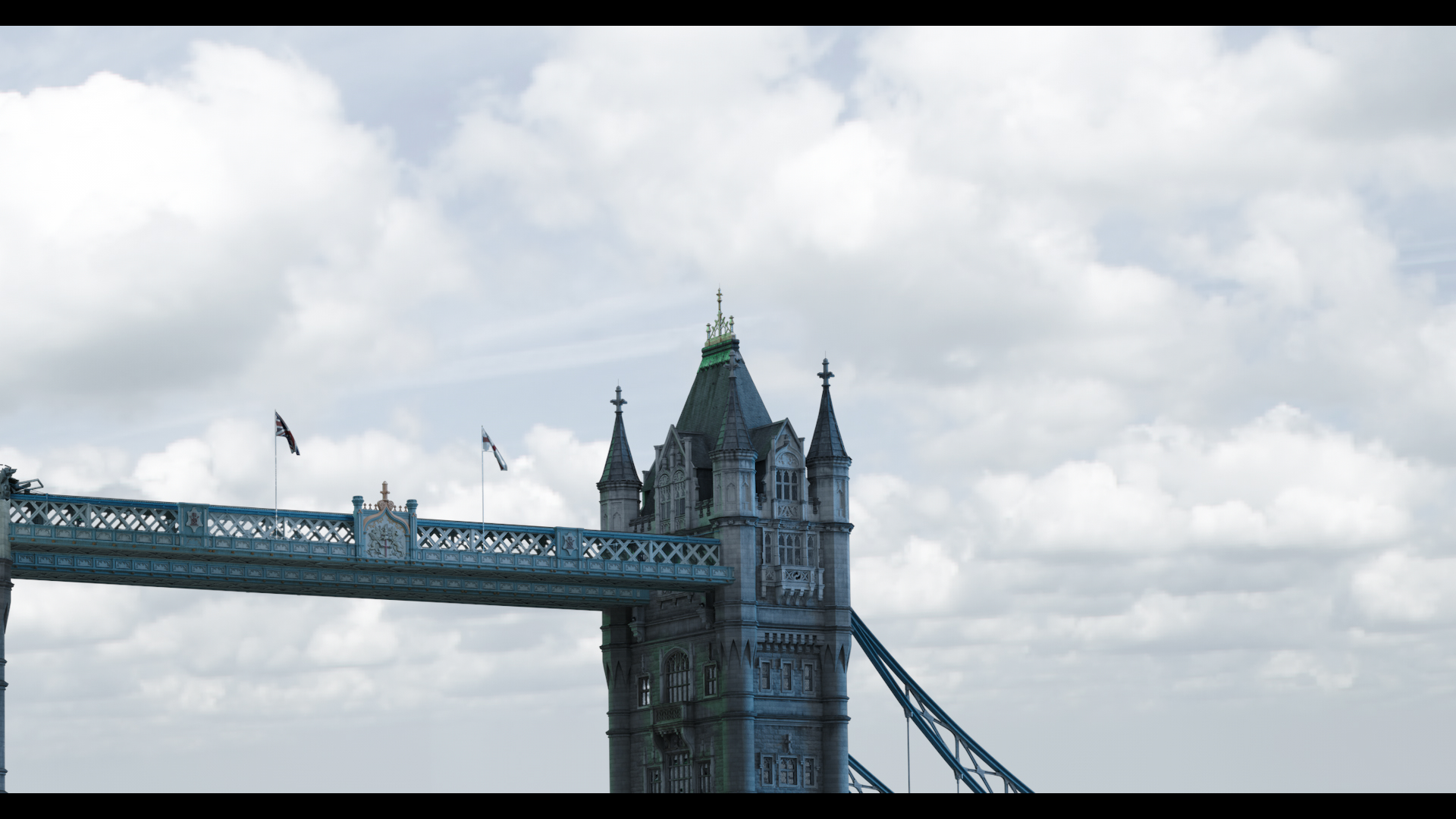
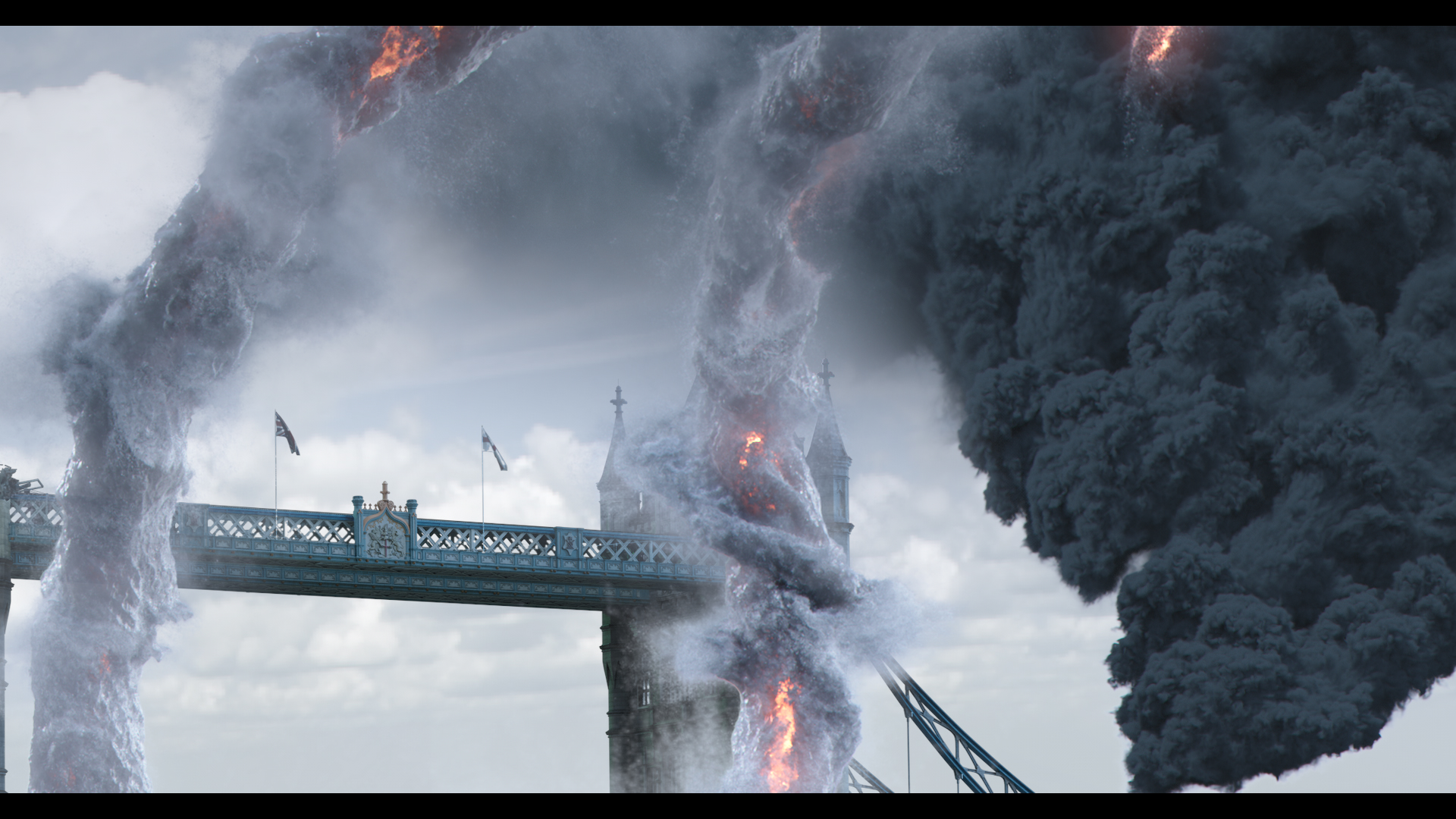
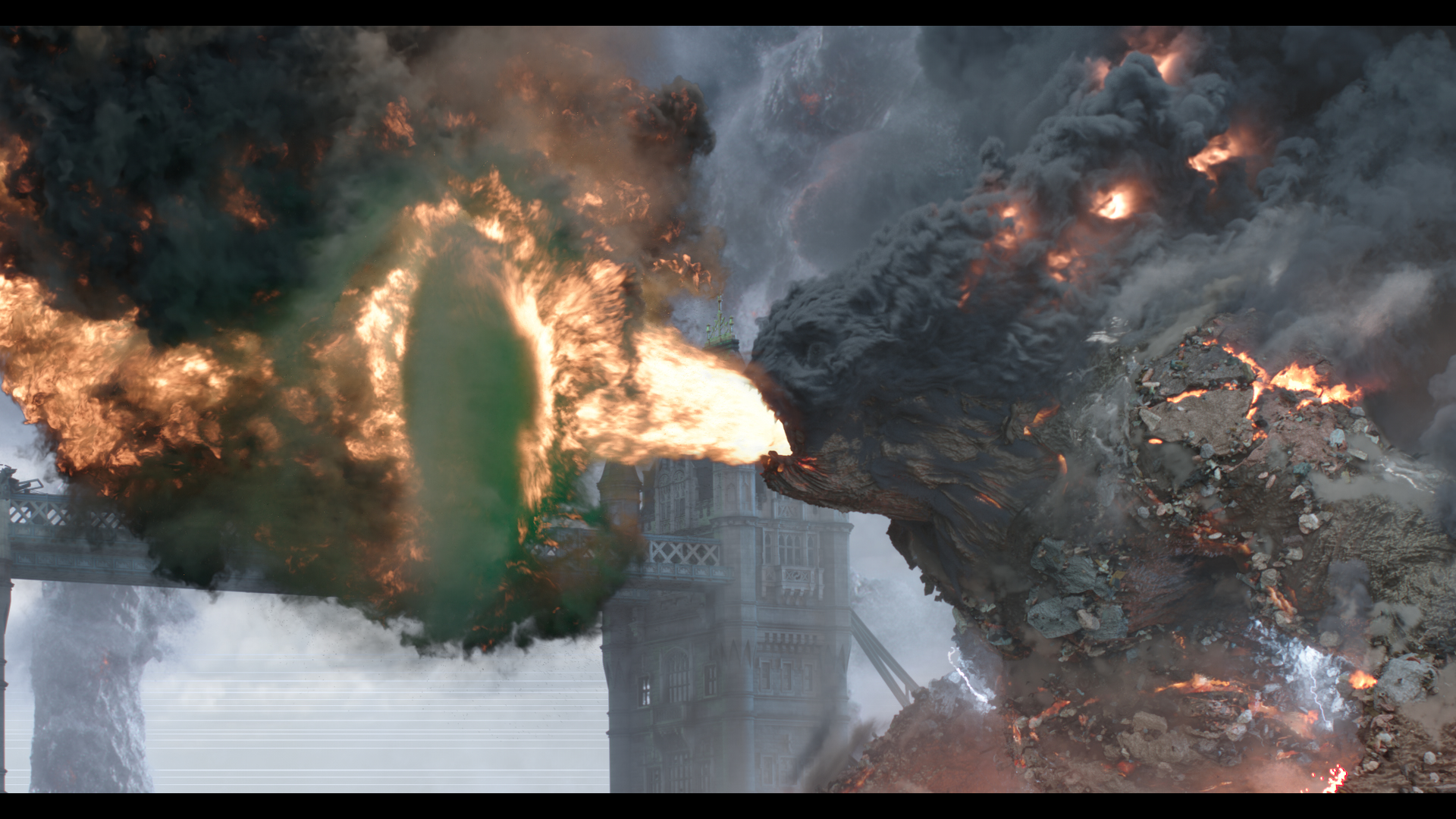
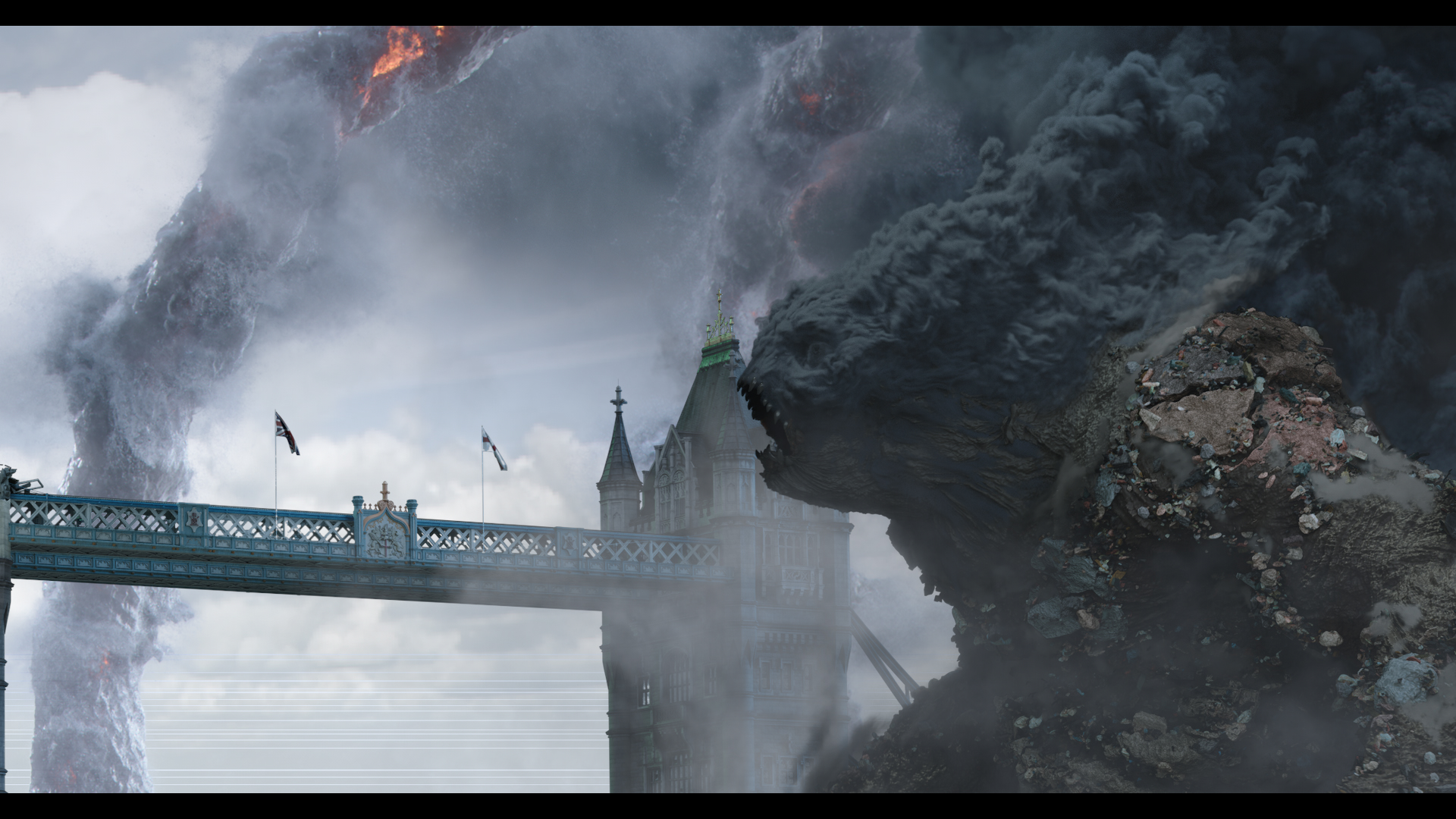
COMMENTS
Please log in to leave a comment.